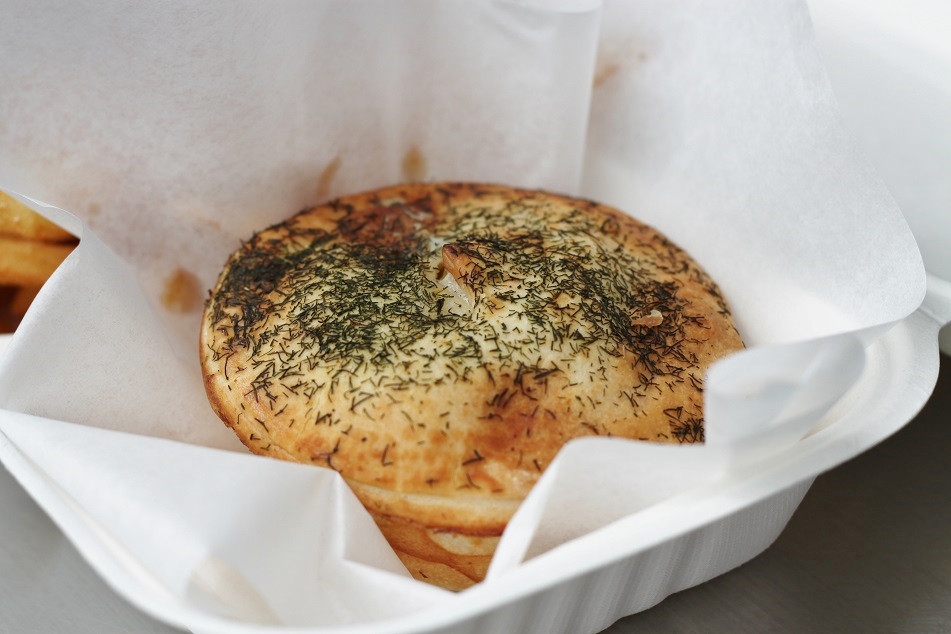Australia is called Down Under for an obvious reason: it is relatively remote on the world map. Its biggest cities – Sydney and Melbourne – are located on the other side of globe from many of the world’s major cities in Europe and North America, and the nearest global economic and business hubs in Asia are thousands of kilometers away. There’s nothing between Tasmania and the Antarctic but cold waters, and the next substantial land mass to the west of Perth is Africa on the other side of the vast Indian Ocean. Yet when it comes to food, the whole world seems to collide in Australia, now home to a diverse, exciting and well-established culinary scene that makes the rest of the planet envious.
Thanks to Australia’s history of immigration – first as a British penal colony and subsequently among the most preferred countries for those fleeing persecution or economic hardship at home to seek new lives – the country is now, although still predominantly white, a land where a multitude of communities with different cultural backgrounds thrive. One thing a person can’t live without, especially when he or she is far from home, is food, and my own experience is a testament to this. In the summer of 2007, I went to Europe for a month to attend a cousin’s wedding and explore the continent as much as I could. Having to be content with whatever food was available, my palate had to adjust with lots of bread and cheese, which at times felt rather monotonous. During the second week, my relatives and I were in Brussels where we stayed for three nights at the house of an Indonesian family who had been living in the city for quite some time. At our first dinner there, we were served a range of Indonesian cuisine, including my childhood favorite telur balado, boiled chicken egg smothered in spicy chili sauce. The moment I bit into the egg, a riot of bold and rich flavors exploded in my mouth, something I had not experienced for two weeks. If I could have at that time, I really wanted to say out loud, “Oh! How much I miss this!”
The first Greek, Lebanese, Ethiopian, Vietnamese and Thai immigrants to Australia must have felt the same longing – if not more – for the food they ate at home when they arrived in this new land, far away from everything. Imagine their struggle to find ingredients to cook moussaka, baba ghannouj, injera, pho, and massaman curry, among a wealth of other heirloom dishes they once made in their kitchens before leaving their homelands for good. But slowly and surely, as immigrant communities persevere and thrive, more and more of their traditional dishes are also being appreciated by those from other communities in Australia. On my trip to Sydney and Melbourne last October, I was lucky to be able to sample some of those dishes, authentically made by generations of home cooks whose initial intention was purely to satiate their longing for the lands where they were born and raised.
AUSTRALIAN
First let’s talk about some emblematic Aussie dishes, among them Australian meat pie, which is probably the most famous. Regarded by a former New South Wales Premier in 2003 as the country’s national dish, the meat pie is simple yet hearty. At Harry’s Café de Wheels, a beloved local institution in Sydney, the pies came in various toppings and fillings: Harry’s Tiger – the house specialty – was stuffed with beef and had a generous topping of mashed potato and peas drizzled with gravy, while the seafood pie – whose filling comprised white fish, shrimp, scallops, and salmon in a creamy sauce – was sprinkled with dill.
In Melbourne, James and I tried kangaroo steak for the first time at Grill Steak Seafood on Hardware Lane, one of the laneways the city is famous for. Grilled to the right texture, the steak was surprisingly not as gamey as I expected it to be. Paired with a glass of white wine, it was the perfect lunch in an al fresco setting.

